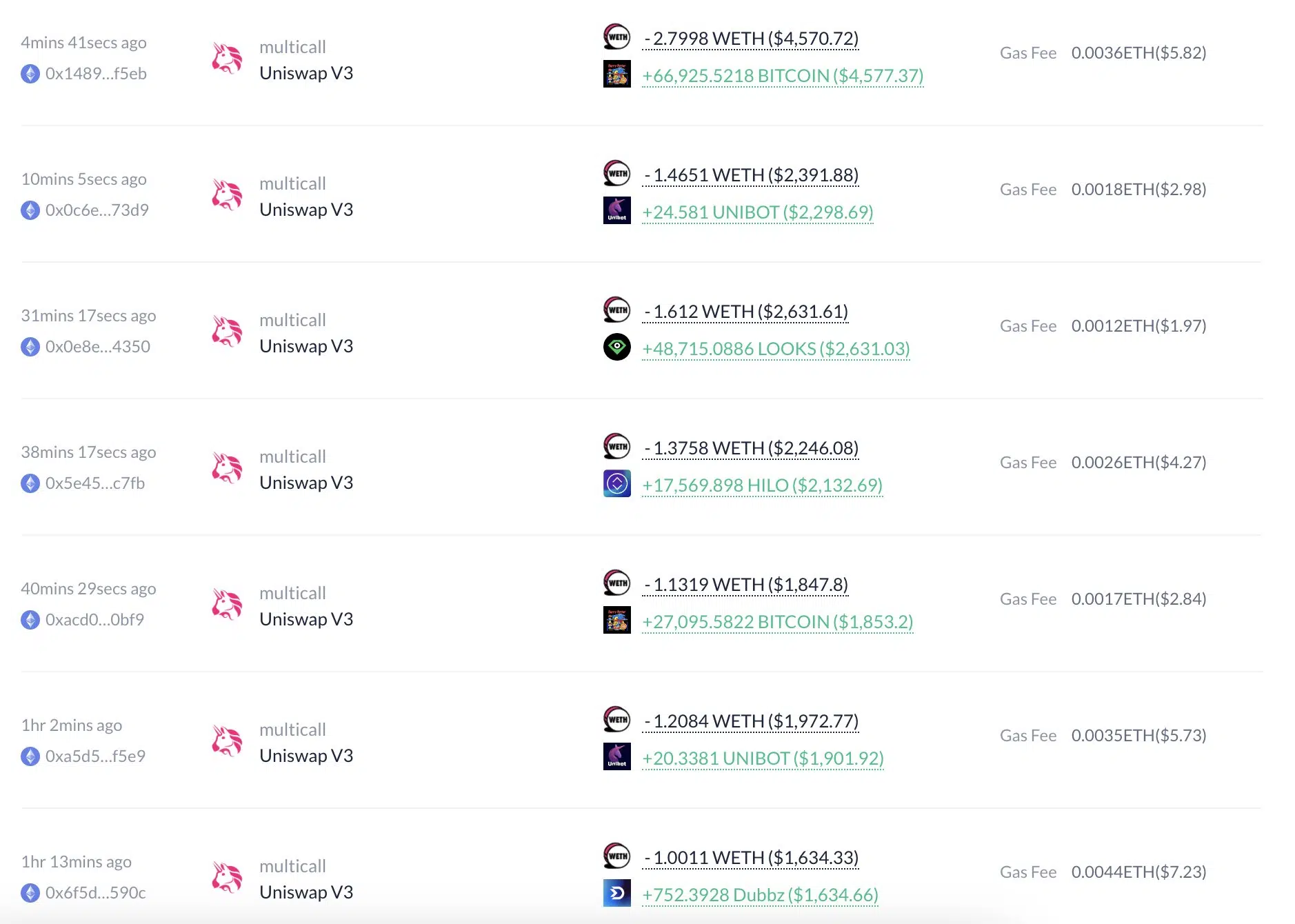The foreign exchange market, also known as the forex market, is the largest financial market in the world. It involves the exchange of currencies between global traders and enables companies, investors, governments, and individuals to trade one currency for another at a market-determined exchange rate. Just like any other market, the forex market has its own unique features, including option expiries.
Option expiries, also known as option expirations or option expiry dates, are significant events in the foreign exchange market. They represent the date on which an option contract becomes invalid and expires. An option is a derivative financial instrument that gives the buyer the right, but not the obligation, to exchange a specified amount of one currency for another currency at a predetermined exchange rate (strike price) before or on the option expiry date.
Option expiries are often used by traders as a way to determine potential levels of support and resistance in the market. This is because options are often used to hedge risk, and large options expiries can act as magnets for price action, thereby influencing market movements. Traders may use this knowledge to adjust their trading strategies and positions accordingly.
Option expiries can vary in amount and frequency, and are typically reported by financial institutions such as the Depository Trust & Clearing Corporation (DTCC). The DTCC provides a list of forex option expiries for various currency pairs that are expiring on a specific date and time. These expiries are usually reported in terms of currency amounts and strike prices.
For instance, the FX option expiries for March 9 NY cut at 10:00 Eastern Time, via DTCC, for several currency pairs are as follows:
EUR/USD:
– 1.0500 – 1.1 billion euros
– 1.0530 – 1.1 billion euros
– 1.0575 – 1.1 billion euros
– 1.0585 – 504 million euros
– 1.0600 – 1.7 billion euros
GBP/USD:
– No reported expiries
USD/JPY:
– 136.50 – 1.0 billion US dollars
– 137.00 – 1.5 billion US dollars
– 138.00 – 810 million US dollars
AUD/USD:
– No reported expiries
USD/CAD:
– No reported expiries
EUR/GBP:
– No reported expiries
These option expiries provide traders with valuable information about potential levels of support and resistance for the corresponding currency pairs. For example, if a large number of options are set to expire at a particular strike price, it may be assumed that many traders have set their positions around that price. As a result, the market may be more likely to gravitate towards that level, providing insight for traders to adjust their strategies accordingly.
Option expiries are just one element of the constantly changing foreign exchange market. Each day, traders are faced with new and potentially unpredictable market conditions. This makes it essential for traders to stay up-to-date with market developments, including option expiries, in order to make informed trading decisions.
While option expiries can provide valuable insights into potential market movements, it is important for traders not to rely too heavily on this data. Market conditions can fluctuate rapidly, and traders must remain adaptable to changing conditions in order to succeed.
Successful forex trading requires a solid understanding of market fundamentals, as well as the ability to analyze data and adjust strategies accordingly. By staying up-to-date with option expiries and other market developments, traders can gain a deeper understanding of the forex market and improve their trading performance over time.


